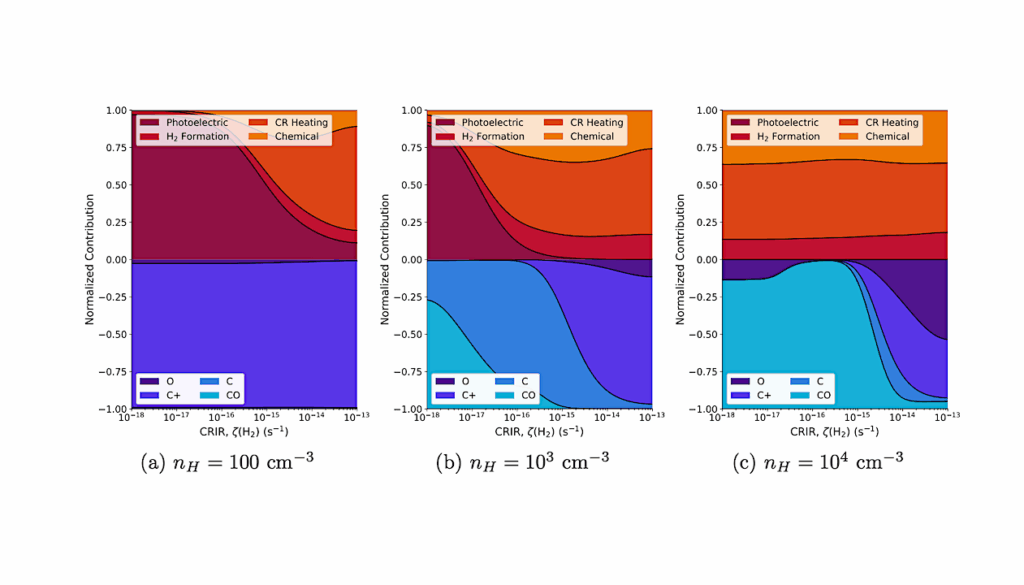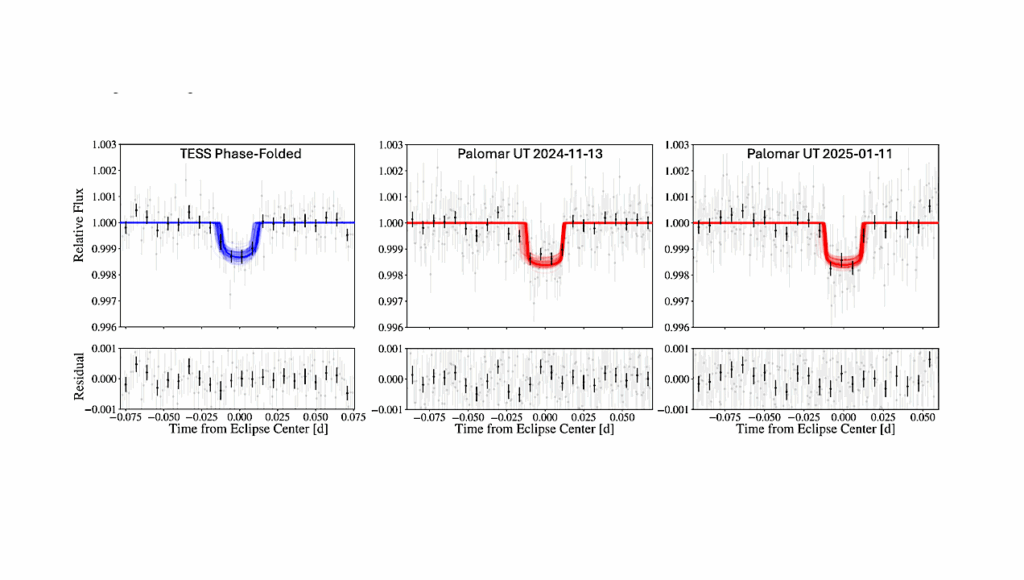A Transmission Spectrum Of The Sub-Earth Planet L98-59~b In 1.1-1.7 μm

With the increasing number of planets discovered by TESS, the atmospheric characterization of small exoplanets is accelerating. L98-59 is a M-dwarf hosting a multi-planet system, and so far, four small planets have been confirmed.
The innermost planet b is ∼15% smaller and ∼60% lighter than Earth, and should thus have a predominantly rocky composition. The Hubble Space Telescope observed five primary transits of L98-59b in 1.1−1.7 μm, and here we report the data analysis and the resulting transmission spectrum of the planet. We measure the transit depths for each of the five transits and, by combination, we obtain a transmission spectrum with an overall precision of ∼20 ppm in for each of the 18 spectrophotometric channels.
With this level of precision, the transmission spectrum does not show significant modulation, and is thus consistent with a planet without any atmosphere or a planet having an atmosphere and high-altitude clouds or haze. The scenarios involving an aerosol-free, H2-dominated atmosphere with H2O or CH4 are inconsistent with the data.
The transmission spectrum also disfavors, but does not rules out, an H2O-dominated atmosphere without clouds. A spectral retrieval process suggests that an H2-dominated atmosphere with HCN and clouds or haze may be the preferred solution, but this indication is non-conclusive. Future James Webb Space Telescope observations may find out the nature of the planet among the remaining viable scenarios.
Mario Damiano, Renyu Hu, Thomas Barclay, Sebastian Zieba, Laura Kreidberg, Jonathan Brande, Knicole D. Colon, Giovanni Covone, Ian Crossfield, Shawn D. Domagal-Goldman, Thomas J. Fauchez, Stefano Fiscale, Francesco Gallo, Emily Gilbert, Christina L. Hedges, Edwin S. Kite, Ravi K. Kopparapu, Veselin B. Kostov, Caroline Morley, Susan E. Mullally, Daria Pidhorodetska, Joshua E. Schlieder, Elisa V. Quintana
Comments: 17 pages, 5 figures, 7 tables, accepted for publication in AJ
Subjects: Earth and Planetary Astrophysics (astro-ph.EP); Instrumentation and Methods for Astrophysics (astro-ph.IM)
Cite as: arXiv:2210.10008 [astro-ph.EP] (or arXiv:2210.10008v1 [astro-ph.EP] for this version)
https://doi.org/10.48550/arXiv.2210.10008
Focus to learn more
Submission history
From: Mario Damiano
[v1] Tue, 18 Oct 2022 17:26:57 UTC (8,251 KB)
https://arxiv.org/abs/2210.10008
Astrobiology








